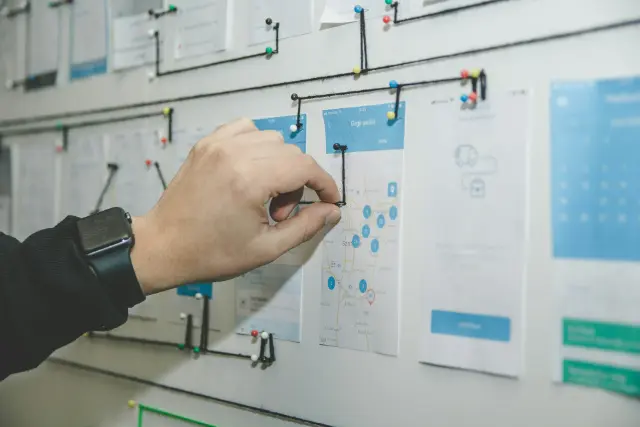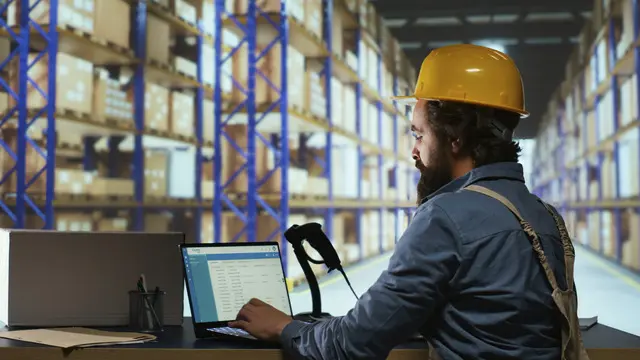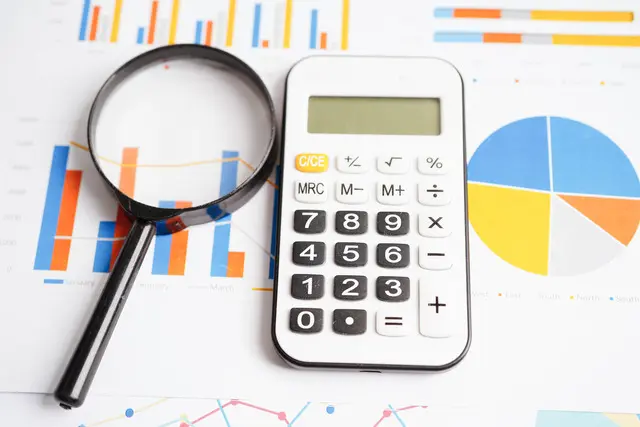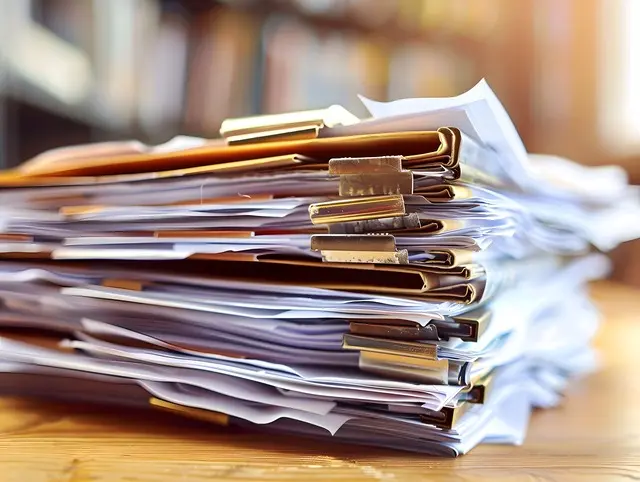Embrace Efficient Goods Receipt Automation: A Game-Changer for Supply Chain Optimization
In the dynamic world of supply chain management, Goods Receipt Automation stands as a pivotal process, ensuring the seamless flow of goods and information. However, manual handling of this process often leads to inefficiencies, errors, and delays.
Fortunately, the advent of Python, AI, and cloud-based solutions has revolutionized Goods Receipt Automation, empowering businesses to streamline operations and achieve unparalleled accuracy.
By automating tasks such as data entry, verification, and inventory updates, businesses can:
- Eliminate human error and ensure data integrity
- Expedite processing times, reducing delays and costs
- Enhance visibility and control over inventory levels
- Free up valuable human resources for more strategic tasks
Goods Receipt Automation is not just a technological upgrade; it’s a transformative force that empowers supply chain professionals to optimize operations, reduce costs, and deliver exceptional customer service.

Python, AI, and Cloud: The Power Trio for Enhanced Goods Receipt Automation
The integration of Python, AI, and cloud-based solutions has revolutionized Goods Receipt Automation, bringing unprecedented levels of efficiency and accuracy to supply chain operations.
Python for Unattended and Attended Bots:
Python’s versatility and ease of use make it ideal for developing both unattended and attended bots for Goods Receipt Automation. Unattended bots can automate repetitive tasks such as data entry, verification, and inventory updates, while attended bots provide real-time assistance to human operators, guiding them through the process and ensuring accuracy.
Cloud Platforms: Orchestrating Automation at Scale
Cloud platforms offer a comprehensive suite of features and capabilities that far surpass traditional RPA/workflow tools. They provide a scalable and secure environment for deploying and managing bots, enabling businesses to automate complex processes across multiple systems and applications.
AI for Enhanced Accuracy and Edge Case Handling:
AI techniques such as image recognition, natural language processing (NLP), and generative AI can significantly enhance the accuracy and efficiency of Goods Receipt Automation. Image recognition can automate the inspection of incoming goods, while NLP can extract data from packing slips and purchase orders. Generative AI can even generate natural language notifications to keep stakeholders informed.
By leveraging the combined power of Python, AI, and cloud-based solutions, businesses can achieve:
- Improved data accuracy: AI algorithms can identify and correct errors in data entry, reducing the risk of discrepancies.
- Enhanced efficiency: Automated tasks free up human resources, allowing them to focus on more strategic initiatives.
- Optimized inventory management: Real-time updates to inventory levels ensure accurate stock visibility and prevent overstocking or shortages.
- Streamlined communication: Automated notifications keep stakeholders informed and facilitate seamless collaboration.
Goods Receipt Automation is no longer a luxury but a necessity for businesses seeking to optimize their supply chains. By embracing the power of Python, AI, and cloud-based solutions, organizations can unlock unprecedented levels of efficiency, accuracy, and control.

Building the Goods Receipt Automation Solution
The Goods Receipt Automation process involves several sub-processes, each of which can be automated using Python and cloud-based solutions:
1. Receiving Incoming Shipments:
- Create a Python script to monitor a designated email inbox or FTP server for incoming shipment notifications.
- Parse the notification to extract key data such as shipment ID, supplier, and expected delivery date.
- Store the data in a cloud-based database for further processing.
2. Verifying Goods Against Purchase Orders and Packing Slips:
- Develop a Python script to compare the received goods against the corresponding purchase orders and packing slips.
- Use AI algorithms to automate the inspection of goods and identify any discrepancies.
- Generate an exception report for any discrepancies and send it to the relevant stakeholders.
3. Recording Received Quantities and Updating Inventory Levels:
- Create a Python script to update the inventory levels in the ERP system based on the received quantities.
- Use cloud-based APIs to integrate with the ERP system and ensure real-time updates.
- Monitor inventory levels and generate alerts for low stock or overstocking.
4. Notifying Relevant Stakeholders:
- Develop a Python script to send automated notifications to warehouse staff, procurement teams, and other stakeholders about received shipments.
- Use cloud-based messaging services to ensure reliable and timely delivery of notifications.
- Track the status of notifications and provide visibility into the communication process.
Data Security and Compliance:
- Implement robust security measures to protect sensitive data throughout the automation process.
- Use encryption, access controls, and regular security audits to ensure compliance with industry regulations.
Advantages of Python over No-Code RPA/Workflow Tools:
- Flexibility and Customization: Python allows for greater flexibility and customization compared to pre-built RPA tools, enabling businesses to tailor the automation to their specific requirements.
- Scalability and Performance: Python is a powerful and scalable language that can handle complex automation tasks efficiently, even at large scale.
- Integration with Cloud Platforms: Python seamlessly integrates with cloud platforms, providing access to a wide range of services and capabilities for building robust and scalable automation solutions.
Algorythum’s Approach:
Algorythum takes a Python-based approach to Goods Receipt Automation because we understand the limitations of off-the-shelf RPA tools. Our clients have repeatedly expressed dissatisfaction with the performance and inflexibility of these platforms. Python, on the other hand, empowers us to deliver tailored solutions that meet the unique requirements of each business, ensuring optimal efficiency, accuracy, and compliance.

The Future of Goods Receipt Automation
The future of Goods Receipt Automation holds exciting possibilities for businesses looking to further enhance their supply chain efficiency and accuracy. By leveraging emerging technologies, organizations can extend the implementation of their automation solutions to achieve even greater benefits.
One potential area for future development is the integration of blockchain technology. Blockchain can provide a secure and transparent record of all transactions and activities related to goods receipt, ensuring data integrity and preventing fraud.
Another promising area is the use of Internet of Things (IoT) devices. IoT sensors can be attached to goods and shipments to track their location, condition, and other relevant data in real-time. This information can be integrated with the Goods Receipt Automation system to provide greater visibility and control over the entire supply chain process.
Additionally, Artificial Intelligence (AI) can be further leveraged to improve the accuracy and efficiency of Goods Receipt Automation. AI algorithms can be used to automate complex tasks such as image recognition, natural language processing, and predictive analytics. This can help businesses identify and resolve issues more quickly and proactively, leading to improved overall performance.
Subscribe to Algorythum
Stay up-to-date on the latest trends and advancements in Goods Receipt Automation and other industry-specific automation solutions. Subscribe to our blog and follow us on social media for regular updates and insights.
Contact Algorythum
If you’re interested in exploring Goods Receipt Automation for your business, we encourage you to contact our team. We offer free feasibility assessments and cost estimates to help you determine the best approach for your specific requirements.
Together, we can unlock the full potential of Goods Receipt Automation and drive your supply chain to new levels of efficiency and accuracy.

Algorythum – Your Partner in Automations and Beyond
At Algorythum, we specialize in crafting custom RPA solutions with Python, specifically tailored to your industry. We break free from the limitations of off-the-shelf tools, offering:
- A team of Automation & DevSecOps Experts: Deeply experienced in building scalable and efficient automation solutions for various businesses in all industries.
- Reduced Automation Maintenance Costs: Our code is clear, maintainable, and minimizes future upkeep expenses (up to 90% reduction compared to platforms).
- Future-Proof Solutions: You own the code, ensuring flexibility and adaptability as your processes and regulations evolve.









